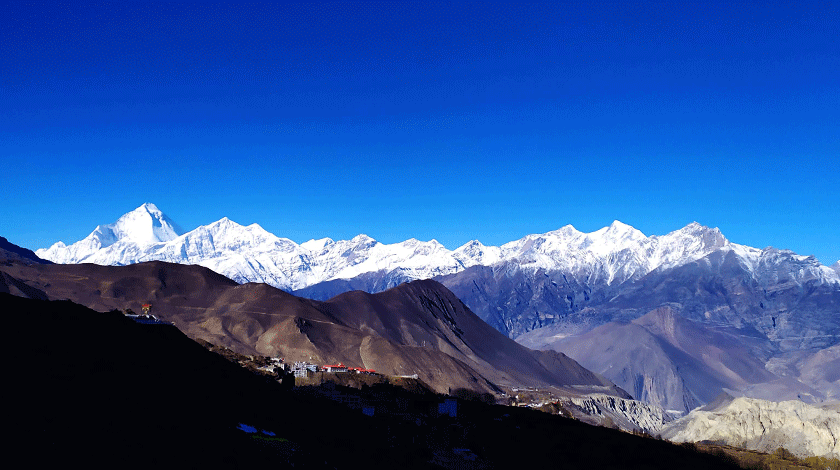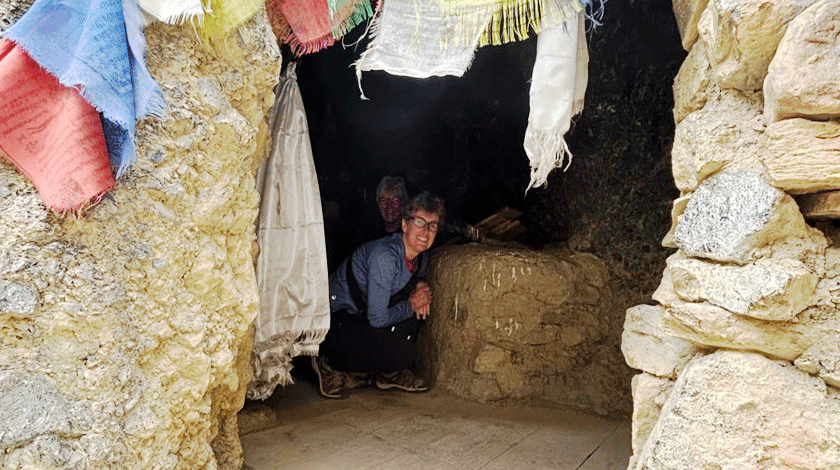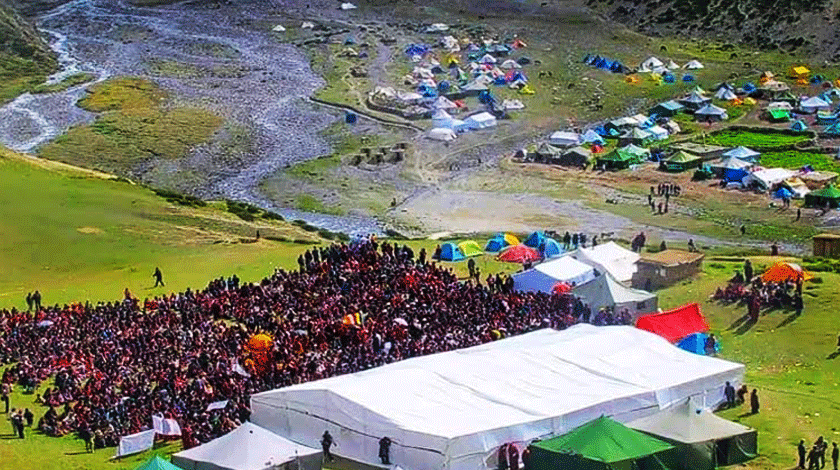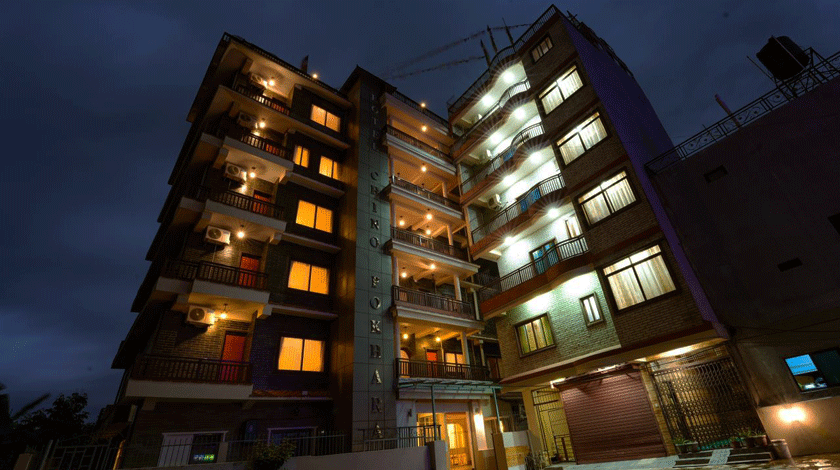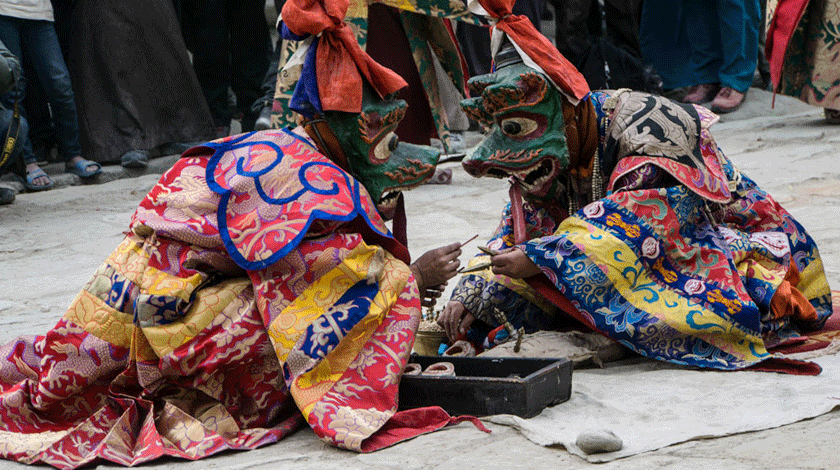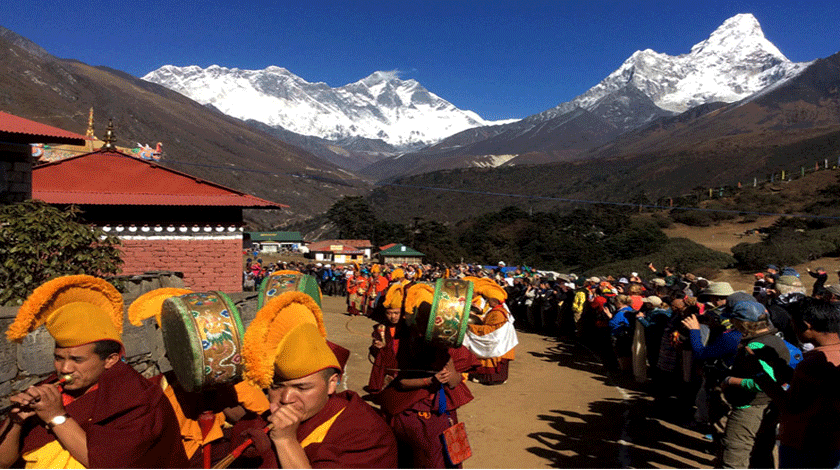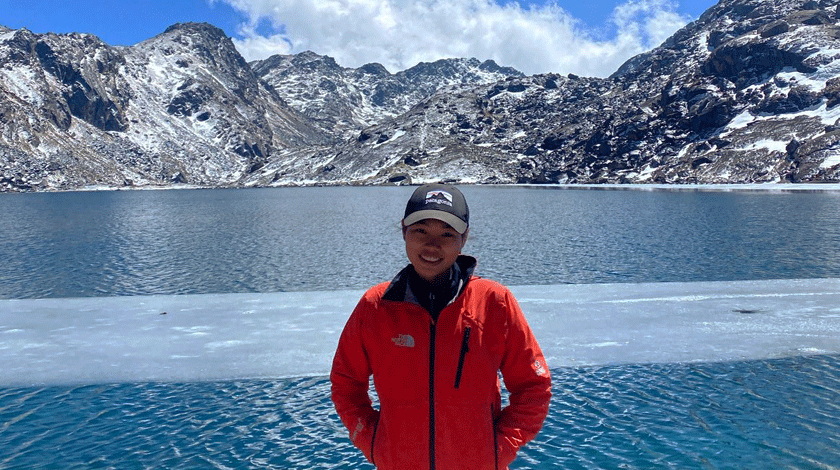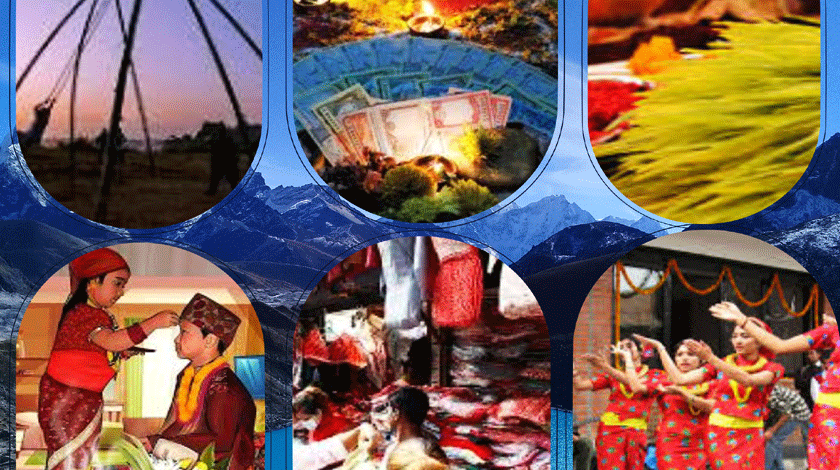Pokhara to Mardi Himal distance
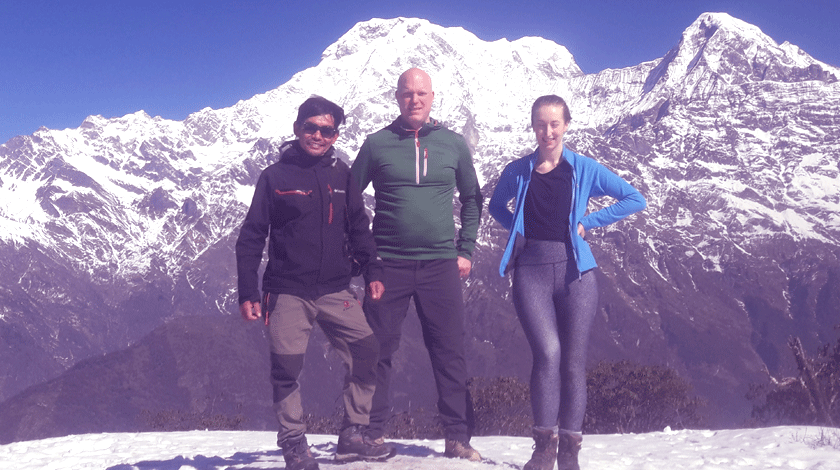
Distance from Pokhara to Mardi Himal
The distance from Pokhara to Mardi Himal Base Camp is 31.0 km (19 miles) one way. However, the round-trip hiking distance totals 57 km (35 miles). Typically, the Mardi Himal Trek follows a 5-day itinerary starting from Kande, which is 27 kilometers from Pokhara. The trail proceeds through Australian Camp, Pitam Deurali, Forest Camp, Low Camp, Middle Camp (Badal Danda), High Camp, and finally reaches Mardi Himal Base Camp. After reaching the base camp, the trail returns to Low Camp and diverges to Siding Village.
Highlights of the Mardi Himal Trek
Trekkers regard the Mardi Himal Trek as a hidden gem. It is one of the most popular routes, leading to the base camp of Mardi Himal near the majestic Machhapuchhare. The trek involves ascending approximately 4,500 feet through winding paths and impressive forests of oak and rhododendron. This journey offers breathtaking views of silvery mountains that can leave trekkers momentarily speechless.
Pokhara to Mardi Himal Distance Insights
The route from Pokhara to Mardi Himal Base Camp takes you through varied landscapes, including dense forests and rugged mountains. Along the way, trekkers can enjoy the scenic beauty of high alpine pastures, traditional villages, lush valleys, grassy meadows, and roaring rivers. The trek is moderately challenging, making it suitable for a wide range of trekkers looking to explore the Annapurna region.
Day-to-Day Distances on the Mardi Himal
Pokhara to Pitam Deurali Distance: 8 km
Pitam Deurali to Low Camp Distance
Pitam Deurali to Low Camp Distance: 10 km
Low Camp to High Camp Distance: 8 km
High Camp to Mardi Himal Base Camp Distance 6 km (one way), 12 km (round trip)
Dramatic Landscape Changes
The landscape dramatically shifts from dense forests to rugged mountains. These include views of Mardi Himal (5,587 meters), Annapurna South (7,219 meters), Machapuchare (6,993 meters), and Hiunchuli (6,441 meters). The trek showcases off-the-beaten-path trails that lead to the mystical Annapurna region. Tea houses are available along the route, and the trek takes 5 days to cover 57 kilometers. The trek’s difficulty is moderate, with the highest elevation reaching 4,500 meters. The best time to visit is between March-May and September-December, ensuring a memorable trip with the serenity of nature.
Scenic Views and Wildlife
The trek offers stunning views of high alpine pastures, traditional villages, lush valleys, grassy meadows, waterfalls, roaring rivers, and the untouched culture of the Gurung people. Wildlife sightings may include Himalayan Thar, musk deer, spotted deer, barking deer, and snow leopards. If you have 10 days, you can extend your trek from Mardi Himal to Annapurna Base Camp.
Trekking Seasons
Autumn Trekking
The autumn season, spanning September, October, and November, is the post-monsoon period and the best time for the Mardi Himal Trek. Trekkers will encounter many rhododendrons and oak trees with clear skies and temperatures ranging from 10-20°C. Daytime temperatures are around 20°C, dropping to 10°C at night. Trails are generally dry and less muddy, requiring fewer warm clothes.
Spring Trekking
Spring, occurring in March, April, and May, is ideal for experiencing Nepal’s lush greenery. The season brings a variety of plants and flowers, offering clear skies and excellent visibility of the Annapurna region. Daytime temperatures range from 17-20°C, while nighttime temperatures drop to 0-5°C. Light rainfall is possible, and minimal clothing is needed due to the warm, humid weather.
Summer Trekking
Summer months—June, July, and August—coincide with the monsoon season, characterized by hot and rainy weather. Trails can be muddy and slippery, making the trek to Mardi Himal Base Camp challenging. Despite this, the post-rain scenery is breathtaking, with clear skies and temperatures ranging from 17-20°C during the day and 5-10°C at night. Essential gear includes trekking boots, rain jackets, waterproof pants, and a backpack.
Winter Trekking
Winter, from December to February, features a dry and cold climate with snow covering most trails. The Annapurna region offers a stunning experience similar connected trek to the Mardi Himal vs Annapurna Base Camp, || Classic Mardi Himal Poon Hill Trek, || Classic Poon Hill Round Trek which is doable in the winter, it is fewer crowds at teahouses and lodges. Daytime temperatures range from 10-12°C, while nighttime temperatures drop to 0-5°C. Winter trekking provides a unique experience of the snow-covered landscape, though the cold climate can be challenging for some.


